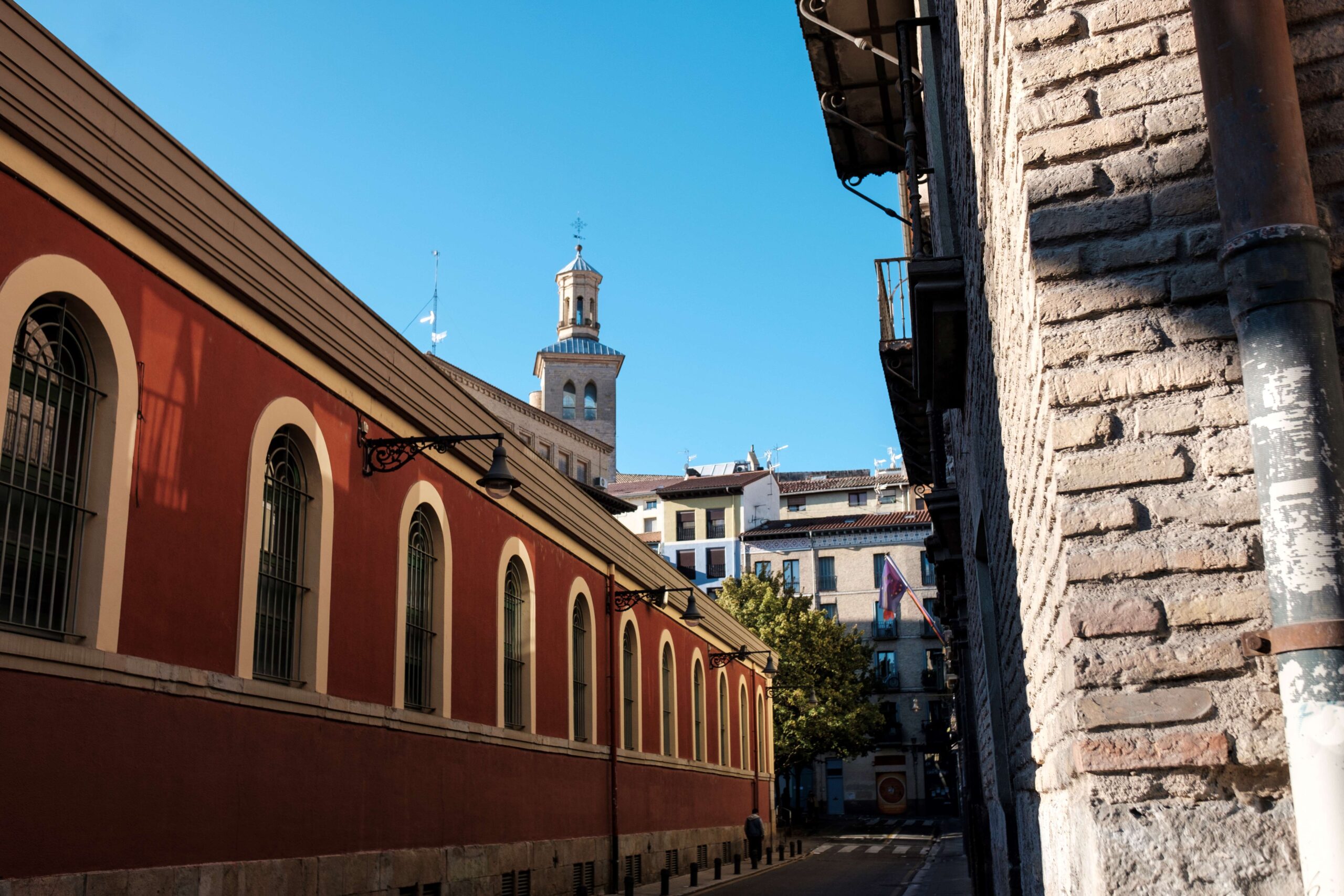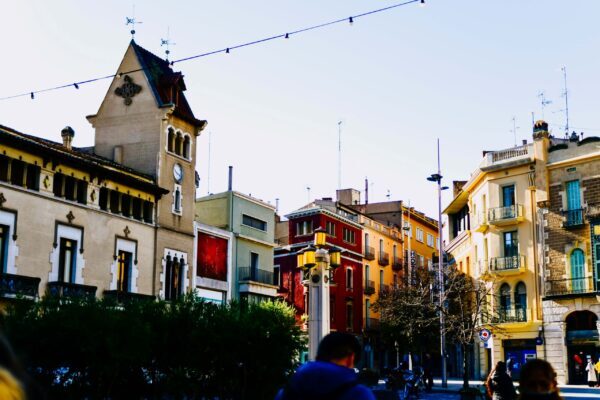El corazón del Madrid antiguo late en el barrio de La Latina, y una de sus arterias más características es la calle Calatrava. Esta calle no es uno de los destinos turísticos más populares, pero cualquiera que se adentre en ella desde la calle de Toledo o la plaza de San Francisco se lleva una sorpresa: una auténtica ventana al pasado de la ciudad, a su arquitectura, sus sabores, sus costumbres y su vida cotidiana.
A primera vista, parece ruidosa, deliciosa y concurrida. Pero detrás de los letreros de las tabernas, el tintineo de los vasos y las sonrisas de los clientes, hay casi siete siglos de historia, una historia que incluye riqueza, exiliados religiosos, artistas, cines y, por supuesto, vino.
De Romano a las tabernas
La calle Calatrava no siempre tuvo su nombre actual. En otros tiempos fue calle de San Francisco y luego de Los Santos.
El nombre no se consolidó hasta el siglo XX, en honor a Don Luis Monroy de Calatrava, un influyente aristócrata que se instaló aquí tras la expulsión de los judíos. Antes de él, la calle era propiedad de Moisés Romano, el financiero más rico de su época y socio del rey Enrique II.
La casa de Romano se convirtió en un símbolo de la época y más tarde en un monasterio donde se conservaba la venerada imagen de Cristo. Transiciones de judíos a aristócratas, de aristócratas a monasterios, de monasterios al Estado, Calatrava absorbió todas las capas de la historia española.
Por cierto, aquí, en el siglo XVII, vivió el artista Claudio Coelho, pintor de la corte al que incluso sus contemporáneos consideraban un genio.
Y el arquitecto Teodoro Ardemans, que dejó su huella en el aspecto de Madrid, vivía a solo un par de casas.
Una calle donde siempre bullía la vida
Ya en el siglo XIX, Calatrava comenzó a adquirir la imagen que tanto se aprecia hoy en día. Era una calle bulliciosa, comercial y, sin embargo, muy animada. Había mercerías, mercados al aire libre, panaderías y modestos bares. La Flor de Oro, con sus letreros pintados y sus ventanas de colores vivos, era especialmente popular.
El arquitecto Chueca Goitia comentó en una ocasión que Calatrava estaba destinada a un futuro divertido y bullicioso, y no se equivocaba.
Incluso recorrer los números de las casas puede suponer un pequeño recorrido turístico:
- N.º 9, la Posada de Calatrava, donde se alojaban los viajeros en el siglo XIX.
- N.º 13, un salón de baile con entrada de 4 reales, en funcionamiento hasta finales del siglo XIX.
- El número 21, antigua bodega, ahora taberna Casa Gerardo, que conserva sus cubas de vino y la barra de mármol.
- El número 32 (esquina con la calle Ángel), edificio que albergó un cine San Francisco con 500 butacas.
Todos los edificios de esta calle llevan la huella de una época.
Aunque las fachadas hayan sido restauradas, en su interior se encuentran reliquias del pasado: cajas registradoras de principios de siglo, mostradores de madera, puertas talladas y azulejos desgastados.
Taberna, tapas y misterios del sabor
Calatrava es también una calle gastronómica. No es una gastronomía de lujo, sino auténtica. Las antiguas bodegas se han transformado en modernos bares, pero conservan su ambiente. Casa Dani, la antigua taberna Vinos el 11, aún conserva las lámparas de gas y la barra tallada recuerda que antiguamente vendía vino a granel a todo el barrio.
Si te acercas a Casa Muñiz, te encontrarás en un local que a principios del siglo XX vendía café y vino y hoy sirve berenjenas fritas con miel y tapas saladas con una jarra de tinto.
Aquí tienes una breve lista de platos que sin duda merece la pena probar:
- Estofado de rabo de buey;
- Bacalao a la castellana;
- Sobrasada (embutido picante de las Islas Baleares);
- Berenjenas al almagro;
- Sopa de pescado con salsa;
- Cuscús con un toque moderno.
¿Y de postre? ¿Por qué no probar el helado de wasabi o la tarta de queso con salsa de higos?
Cuando la calle cobra vida
¿Quieres ver Calatrava en su máxima expresión? Ven al Festival de la Paloma. Durante estos días, la calle se convierte en un auténtico teatro al aire libre. Los camareros están impacientes por llenar vasos, los músicos callejeros tocan desde primera hora de la mañana y los vecinos cuelgan guirnaldas y cantan coplas tradicionales.
Aunque sea tu primera vez aquí, te sentirás como en casa. Aquí saben cómo recibir a los invitados.
Calatrava no es solo una calle. Es el tejido vivo de Madrid, tejido con las historias, los sabores, las voces y las sombras del pasado. Y si buscas un lugar donde sentir la ciudad con todo tu cuerpo, desde los pies hasta el paladar, lo acabas de encontrar.

